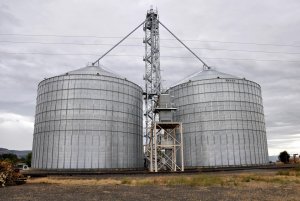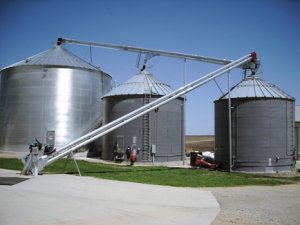Hawkesburytrain
Well-Known Member
Hi all,
Didn't know where to post this question about operation sessions, so here we go.
I have 2 buildings one is the cement factory and the other the flour mill. How does one make operations for those buildings?
Flour Mill - I presume box cars pick up bags of flour, but what brings what to the mill? If freights full of grains arrive, how do they unload? In the how to they also mention "Grain Dryer, Grain conveyor, Steel Bin and Ammonia Tanks, are they all part of the building site? How does one incorporate the Flour Mill in an operation?
Cement Factory - It as an unloading shed, so train unload, but where do they come from during an operation session. Is the only output done by trucks?
I guess I could go on with more of the buildings I have, such as the River Mine, Coop Elevators, Vulcan Manufacturing and Inter-Modal, when the cars are loaded, where do you take them during an operation session?
The reason for my questions is to see if I have to eliminate some buildings to put others so that I have a logic operational session.
Thanks for your help.
Didn't know where to post this question about operation sessions, so here we go.
I have 2 buildings one is the cement factory and the other the flour mill. How does one make operations for those buildings?
Flour Mill - I presume box cars pick up bags of flour, but what brings what to the mill? If freights full of grains arrive, how do they unload? In the how to they also mention "Grain Dryer, Grain conveyor, Steel Bin and Ammonia Tanks, are they all part of the building site? How does one incorporate the Flour Mill in an operation?
Cement Factory - It as an unloading shed, so train unload, but where do they come from during an operation session. Is the only output done by trucks?
I guess I could go on with more of the buildings I have, such as the River Mine, Coop Elevators, Vulcan Manufacturing and Inter-Modal, when the cars are loaded, where do you take them during an operation session?
The reason for my questions is to see if I have to eliminate some buildings to put others so that I have a logic operational session.
Thanks for your help.



